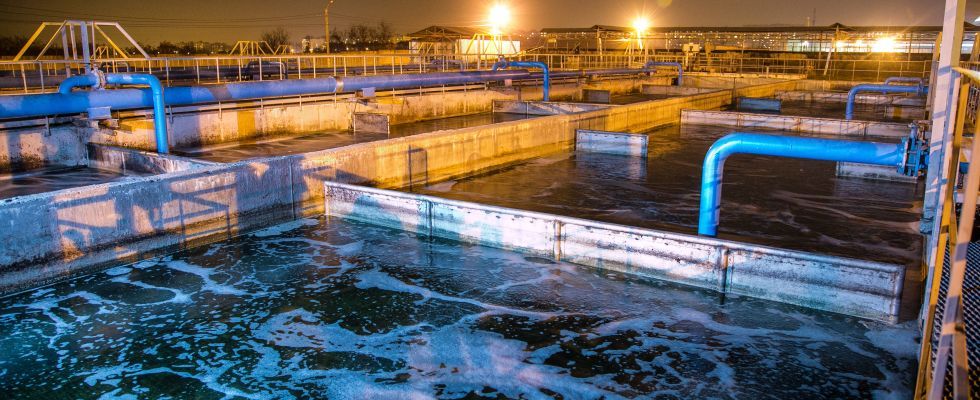
Suspending water service disconnections and increased customer delinquencies during the coronavirus pandemic has resulted in more than $5 billion in losses, according to a recent report from the American Society of Civil Engineers (ASCE).
COVID-19’s Impacts on America’s Infrastructure, the ASCE report, offers solutions for Congress to include in their economic recovery plan. Because of COVID-19, municipalities and states had to reprioritize spending, which means funding for publicly owned infrastructure decreased.
Major losses were seen in transportation infrastructure, including an an estimated $23.3 billion loss in airport revenue. Domestic air travel declined 95 percent.
“Prior to the COVID-19 pandemic, our nation’s infrastructure was already in a crisis,” said K.N. Gunalan, ASCE president. “Each American household was already losing at least $3,400 each year in disposable income due to poor and outdated roads, bridges, electric grid, water systems and more—systems that are critical to the public’s health, safety and welfare.
“I encourage Congress to review this report and its solutions, and make infrastructure investment a priority in their immediate response and long-term economic recovery strategy, so that we can get Americans back to work and use this opportunity to rebuild more resiliently.”
There has been an approximate 17 percent loss in annualized revenue in the drinking water sector, according to the ASCE report.
Solutions for Congress to help these infrastructure systems recover from the pandemic, which the ASCE recommends be included in H.R. 2, the Moving Forward Act, which passed in the House this week, include:
- $10 billion to mitigate the pandemic’s growing impacts on airports.
- $50 billion for state DOTs so that bridges, roads, and transit systems may remain safe and reliable.
- Surface transportation reauthorization that addresses the solvency of the Highway Trust Fund before the current authorization expires on Sept. 30, 2020.
- Fund the High Hazard Potential Dam Rehabilitation Program at the authorized $60 million for 2021 and pass that Dam Safety Improvement Act.
- Include federal drinking water and wastewater assistance for ratepayers and provide water utilities with federal economic relief to combat revenue losses.
- Streamline the permitting process, particularly to connect new sources of renewable energy to the electric grid.
- Include the Rebuild America’s School Infrastructure Act in economic relief packages.
For more information, read the full ASCE report.

